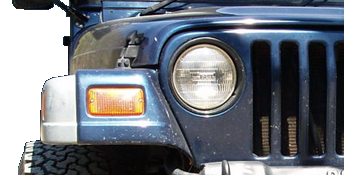RatLabGuy
You look like a monkey and smell like one too
- Joined
- May 18, 2005
- Location
- Churchville, MD
One of our robotics teams has designed a 3-jaw grabber thing kind of like a ratching oil filter wrench. Sun gear in the middle rotates 3 planetaries that have fingers on them.
Parts will be aluminum. I will have a need to attach a flat bar of sorts to the top of a small gear (probbaly 3/4" diameter). Not a ton of surface area.
Don't have clearance for bolts, so some type of fusion is necessary.
Debating between JB weld or brazing. JBW is easy and would allow for getting adhesion under/between the surfaces. Brazing is presumably stronger but there's only a little bit of corner/edge for adherance. But a cooler (well hotter) experience to students.
The force would be in sheer between the surfaces. We're not talking about a lot of pressure, the driving servo only has a few lbs, but there is a risk of the fingers getting whacked during a competition, but even then its probably like several 10s to a hundred PSI (previously this was all 3d printed and a finger got broken off at an imoportune time).
Any particular thoughts?
(Ideally we'll 3d CNC the parts but the budget doesn't allow it... maybe next year....)
EDIT - if it matters I have 10x more confidence in my JB Weld slathering skills than my brazing skillzzzz
Parts will be aluminum. I will have a need to attach a flat bar of sorts to the top of a small gear (probbaly 3/4" diameter). Not a ton of surface area.
Don't have clearance for bolts, so some type of fusion is necessary.
Debating between JB weld or brazing. JBW is easy and would allow for getting adhesion under/between the surfaces. Brazing is presumably stronger but there's only a little bit of corner/edge for adherance. But a cooler (well hotter) experience to students.
The force would be in sheer between the surfaces. We're not talking about a lot of pressure, the driving servo only has a few lbs, but there is a risk of the fingers getting whacked during a competition, but even then its probably like several 10s to a hundred PSI (previously this was all 3d printed and a finger got broken off at an imoportune time).
Any particular thoughts?
(Ideally we'll 3d CNC the parts but the budget doesn't allow it... maybe next year....)
EDIT - if it matters I have 10x more confidence in my JB Weld slathering skills than my brazing skillzzzz
Last edited:




 but it's likely a bar thats like 6-8mm wide and 2.5mm tall, with a mounting length of like 13mm along the flat base.
but it's likely a bar thats like 6-8mm wide and 2.5mm tall, with a mounting length of like 13mm along the flat base.